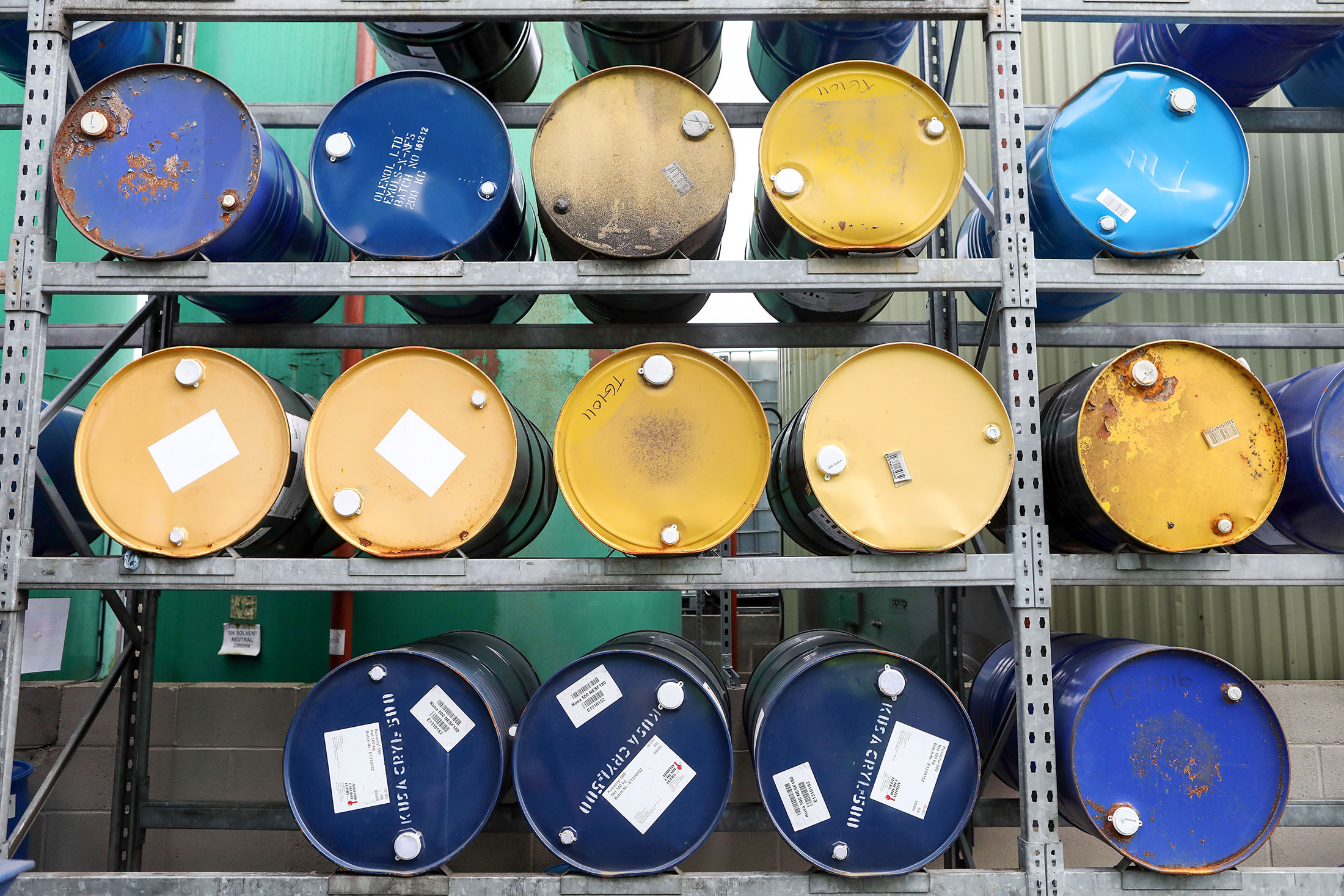OPEC and its allies indicated they weren’t planning any big changes to their supply deal, even as oil prices remain below $50 a barrel amid growing skepticism that their output cuts are working.
Capping rising oil production from Nigeria and Libya -- both exempt from the current agreement -- won’t be on the agenda at the meeting on Monday in St. Petersburg, Russia, said two people familiar with the planned talks. There’ll be no discussion of deeper cuts, Saudi Minister of Energy and Industry Khalid Al-Falih told reporters before the gathering.
Without any changes on that scale, the Organization of Petroleum Exporting Countries, Russia and their allies will be doubling down on a bet that rising demand will combine with the existing curbs to rapidly deplete fuel stockpiles, buoying prices in the second half of the year. That could prove to be a risky wager if production from nations not bound by any restrictions, notably U.S. shale producers, keeps growing to fill the gap left by OPEC.
“Of course, rising output from Libya and Nigeria increases market supply,” Russian Energy Minister Alexander Novak said in an emailed statement on Sunday. “But at the same time we have to remember that demand for oil is also quite high, and the countries that supported the stabilization initiative have been very assiduous in honoring their commitments.”
Meager Gains
Oil slumped into a bear market last month and Brent crude, the international benchmark, is trading at about $48, a gain of less than $2 since the cuts were agreed on last year. While demand will be almost 2 million barrels a day higher in the second half of the year compared with the first six months, according to OPEC estimates, rising supply inside and outside OPEC suggests the cuts won’t put a significant dent in bloated global inventories.
Libya and Nigeria are a big part of the problem. The African nations, granted an exemption last year from cutting because their output had already been reduced by internal strife, added 440,000 barrels a day of production in the last two months according to data compiled by Bloomberg. That’s equivalent to about a third of the reductions implemented by fellow OPEC members.
That recovery prompted speculation that OPEC would seek to limit their production at the St. Petersburg talks. Now most other producers appear to accept that would be premature.
“We believe that once oil output in Libya and Nigeria stabilizes, there will be less uncertainty on the market as to their future moves, which could allow them to also consider participating in market stabilization efforts,” Novak said.
Slower Pace
Nigeria is ready to cap or even reduce supply if it can maintain output of 1.8 million barrels a day, said the two people, asking not to be identified because the information is confidential. Its production hasn’t risen that high since February 2016 and despite the nation’s success ending militant attacks, oil theft is still hurting output.
Libya isn’t planning to join any agreement to curb output until it reaches its target of 1.25 million barrels a day by December, the people said. That’s almost 50 percent above its average June production of 840,000 barrels a day.
Saudi minister Al-Falih met with delegations from Libya and Nigeria over the weekend to discuss their production recovery plans, “including the challenges they currently face,” OPEC said Sunday in a statement on its website.
The oil market will need more Libyan and Nigerian crude as it re-balances at a faster rate later in the year after a slow start, OPEC Secretary-General Mohammad Barkindo told reporters on Sunday in St. Petersburg.
“The re-balancing process may be going on at a slower pace than we earlier projected, but it is on course, and it’s bound to accelerate in the second half,” Barkindo said. – Bloomberg
